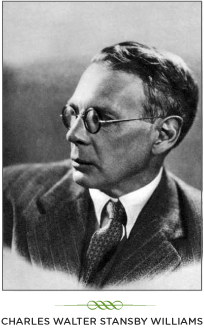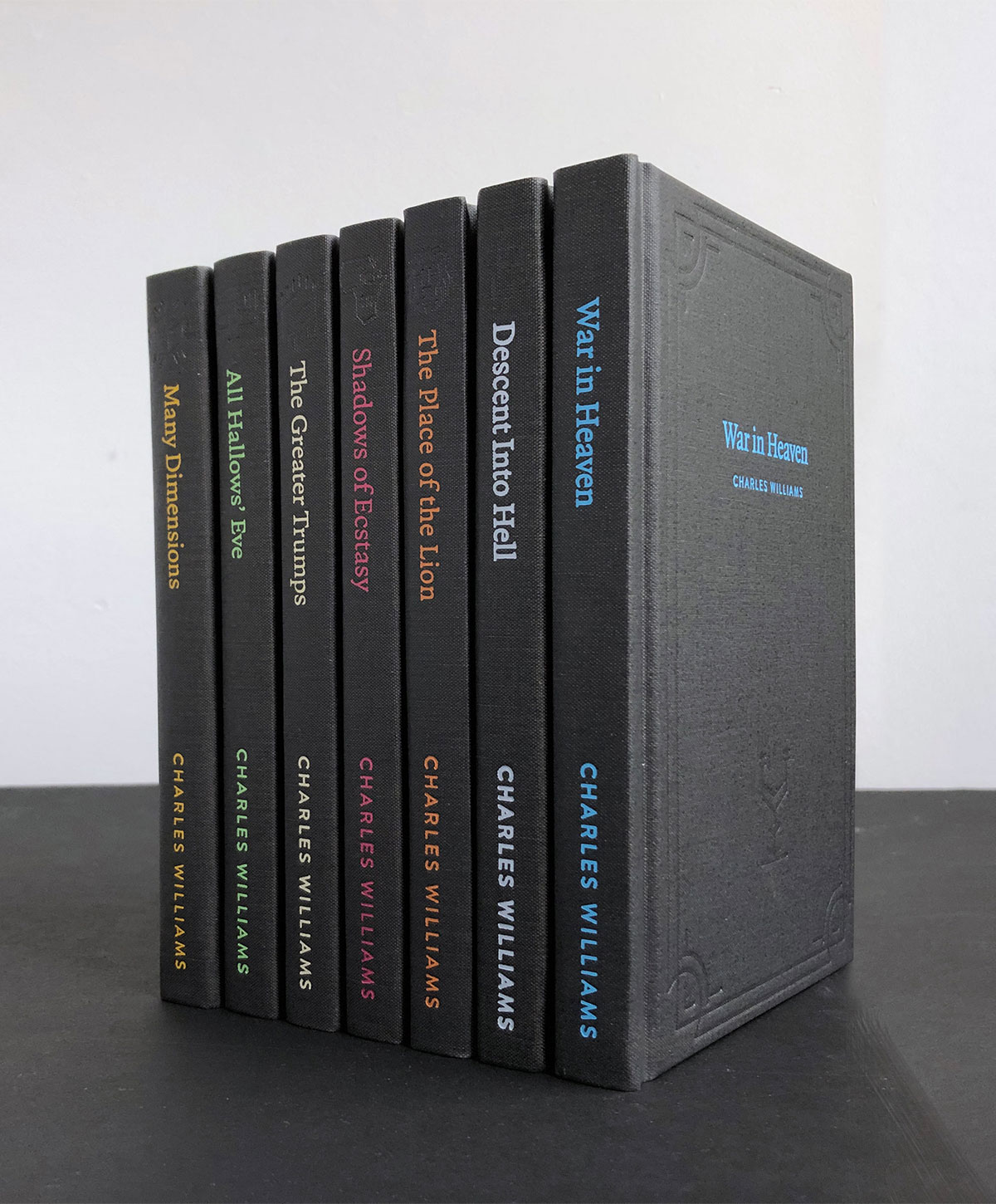Lois Lang-Sims, whom we know as a corespondent of Williams, and co-author of ‘Letters to Lalage‘, died recently. Below is a remembrance by Society member Grevel Lindop.
LOIS LANG-SIMS (1917-2014)
Lois Lang-Sims, who died on March 11 at the age of 97, was perhaps the last of Charles Williams’s ‘disciples’ – those who, for a time, took him as their spiritual teacher. She will be known to members of the Society as the co-author of Letters to Lalage, in which she added her own commentary and reminiscences to Williams’s letters to her, written in 1943 and 1944.
But Lois Lang-Sims was more than simply a follower of Charles Williams. She was a writer and spiritual seeker of considerable stature. Another of her teachers was the Buddhist scholar Marco Pallis with whom, as with Williams, she eventually broke – for Lois was nothing if not independent-minded. One of the first English people to become aware of the sad plight of the Tibetan refugees who fled to Nepal and northern India after the Chinese invasion of 1959, she helped to found the Tibet Society, the first charity dedicated to helping them, becoming a friend of the Dalai Lama and other senior Tibetan lamas.
Her Tibetan adventures are depicted in a beautifully-written volume of autobiography, Flower in a Teacup. This, and an account of her earlier life in A Time to be Born, form one of the finest British autobiographies of the twentieth century and richly deserve to be reprinted. Having worked as a guide for visitors to Canterbury Cathedral, she was also the author of Canterbury Cathedral: Mother Church of Holy Trinity, a discursive account of the Cathedral, its history and its significance, as well as of One Thing Only: A Christian Guide to the Universal Quest for God and The Christian Mystery: An Exposition of Esoteric Christianity.
I met her in 2001, when I went to record her memories of Charles Williams. She lived in a care home in Hove, where, as a devout mystical Christian, she spent much of her time in prayer and contemplation. She was surrounded by her books, and by the photographs of people from her childhood who had become, for her, archetypal figures of deep spiritual significance: her mother and father, her beloved nurse ‘Old Nan’, and an adored elder brother who had died during her infancy.
She was still beautiful; and her mind was clear and incisive, as it remained to the end. We stayed in touch, and she eagerly read every draft chapter of my biography of Charles Williams, responding with helpful comments and fascinating discussion. She continued to write essays, and to read widely. Biography was her favourite genre: she was something of an expert on Gandhi’s life, and in the last few months was carefully reading Ian Kershaw’s recent life of Hitler, developing her own theories about the psychological forces which had led Gandhi to good and Hitler to terrible evil.
Towards the end she grew too weak to write, so we talked on the telephone. (I like to think that she was able to read the chapter in which I described Charles Williams’s death, which I sent her on 13 February.) Asked about her health in those last months, she would exclaim ‘Oh, I’m crumbling away! But don’t worry, my dear, I’m looking forward to death. I really can’t wait!’
Hypersensitive, opinionated and argumentative at times, she nonetheless radiated love and intelligence. I found her a delight and an inspiration. And she has probably left much literary work greatly deserving of publication. I hope that a late essay of hers, ‘The Simplicity of Faith’, will be published in Temenos Academy Review in 2015.
Grevel Lindop


